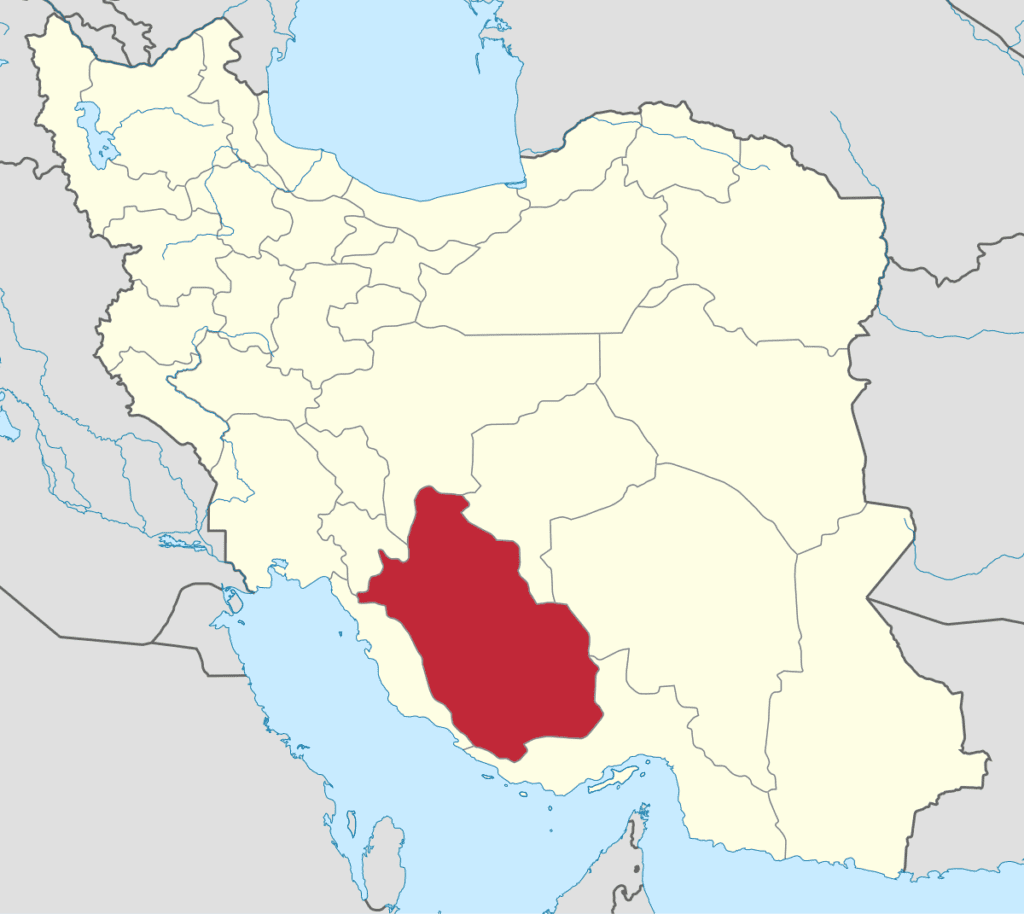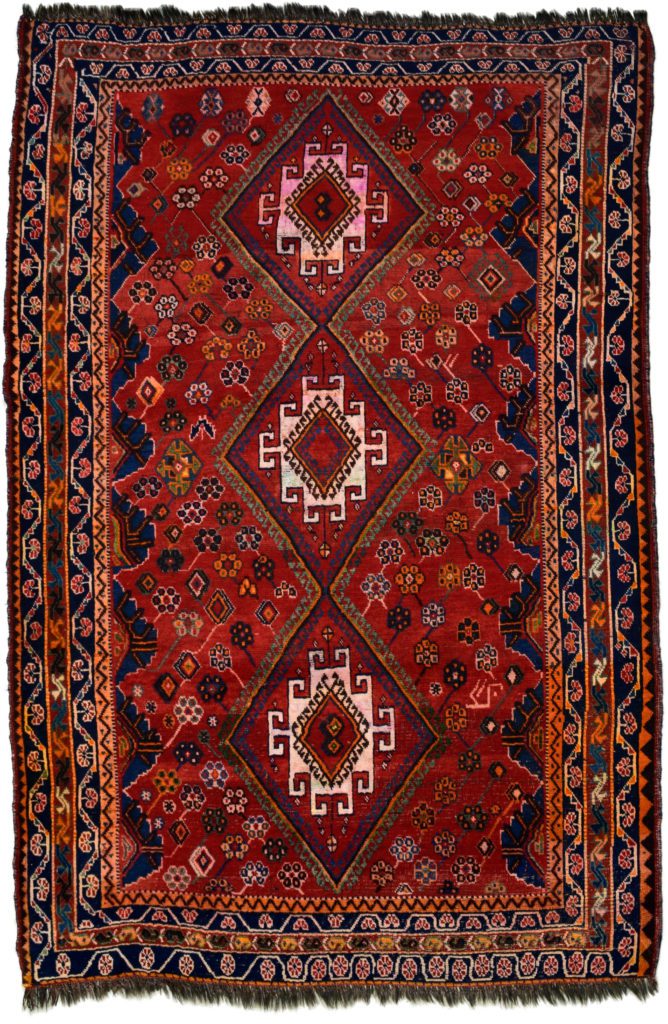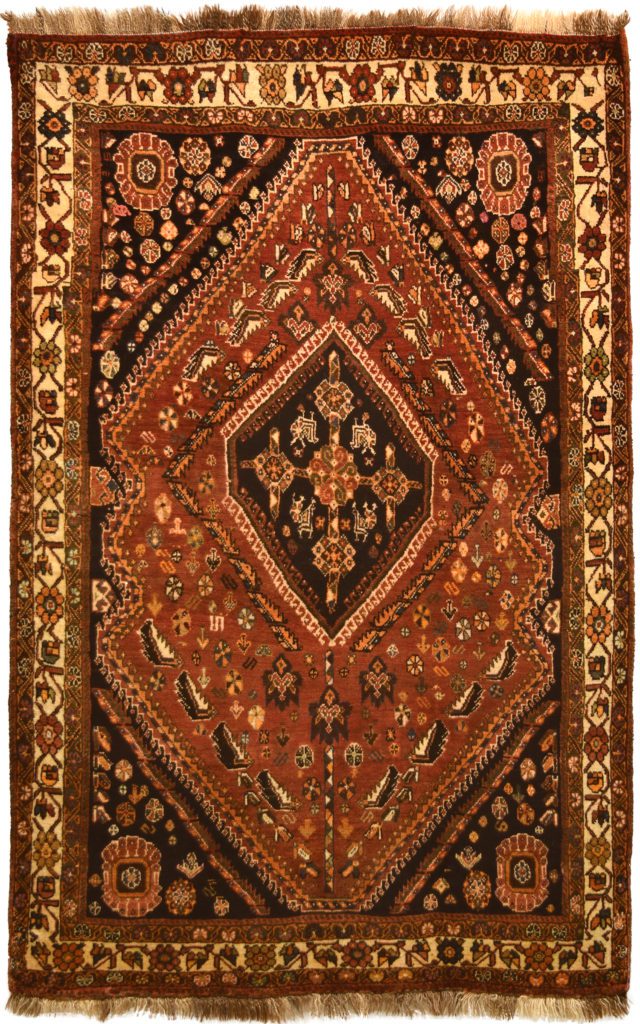A Brief History –Ghashghai Tribal Carpets
With ten active tribes total still weaving traditional hand-knotted Persian carpets, there is no surprise that their classification generally comes from the tribe or village that crafted them. Ghashghai rugs (other common spellings are Kasghi, Gaschgai, or Qashqai) are some of the most prevalent Persian carpets available for purchase. Find out why Ghashghai carpets continue to be sought after and what makes them unique compared to other Persian rugs.
Located in the Southwest corner of Iran, Shiraz is the city and birthplace of Ghashghai carpets. Like other cities in Iran, Shiraz played a crucial role in being the hub for Ghashghai and rugs produced in the surrounding villages. Of those surrounding villages, most notably the Bilverdi, Jarussa, Farukh, Fasa, Firuzabad, Kafretj, and Sydan tribes, grouped their pieces with the Ghashghai. Aside from having rugs that closely resemble one another, smaller tribes utilized large cities as hubs to sell their carpets for marketability and exposure. While originally Ghashghai carpets were distinguished carpets from Shiraz known for their fine weave and unique design, today, a Ghashghai carpet is a more generalized term that refers to the carpet’s composition and origin. It is still possible today to find exquisite Persian Ghashghai carpets.

Ghashghai rugs range in size, color, and design, and the primary elements used to identify these carpets are their bright tones, interior design’s shape, or the medallion’s style. Shanghai carpets typically have far more vibrant bright red, indigo, cream, and orange tones when compared to other pieces from Shiraz. Organic dyes used to obtain these tones are still preferred today for their bright and fade-resistant attributes. Ghashghai carpets also traditionally possess a hexagonal interior border, which is usually home to a diamond-shaped medallion. This hexagonal interior is typically an assortment of traditional Persian motifs, such as caterpillars or stylized vine motifs. Furthermore, the diamond medallion introduces a floral motif with two latch-hook elements on each end of the motif, creating a crab or tarantula-styled motif.
Today, most of today’s Ghashghai carpets come from the rural areas of Iran. These pieces will fundamentally have more of a tribal and rustic appearance, making these carpets perfect for the aesthetics of today, juxtaposed with classic or modern furnishings. Ghashghai carpets range in all sizes but are most commonly available in 3′ x 5′, 4′ x 6′, and 6′ x 9.’ When shopping for Ghashghai carpets, take the time to make sure that the piece does not have a backing and study all of the carpet’s elements. If you are in the market for traditional, hand-knotted, Ghashgai carpets, check out orleyshabahang.com to see our tribal collection.




